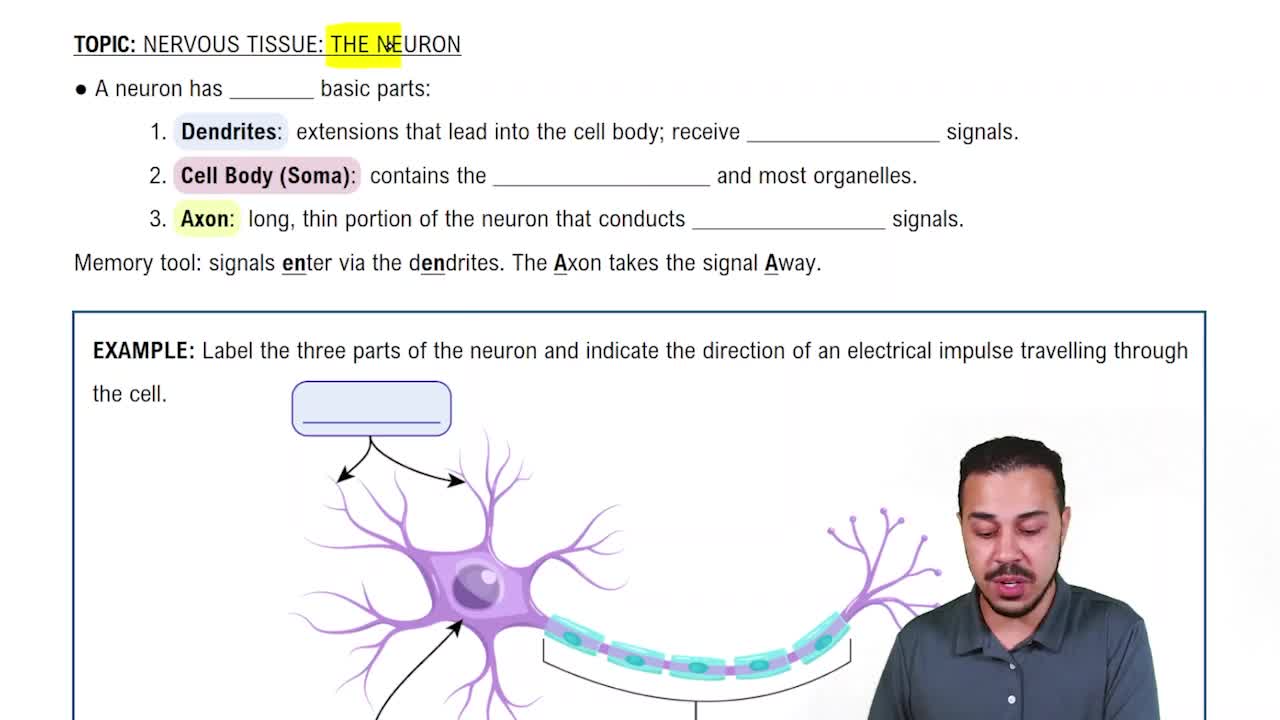Mark the following statements as true or false. If a statement is false, correct it to make a true statement.
a. The simple stretch reflex is a monosynaptic reflex with only a single synapse in the spinal cord between the sensory and motor neurons.
 Verified step by step guidance
Verified step by step guidance Verified video answer for a similar problem:
Verified video answer for a similar problem:

